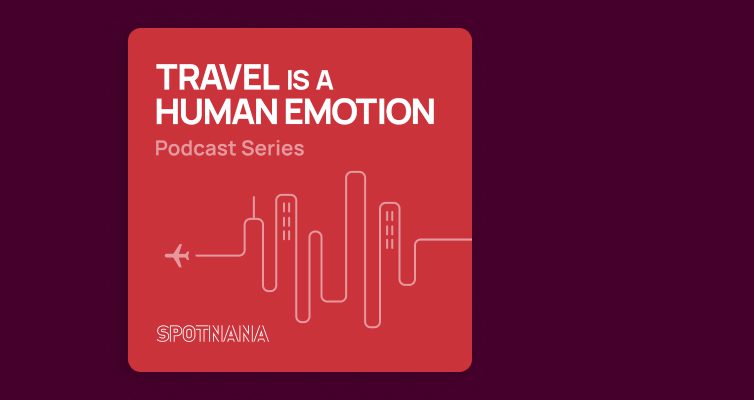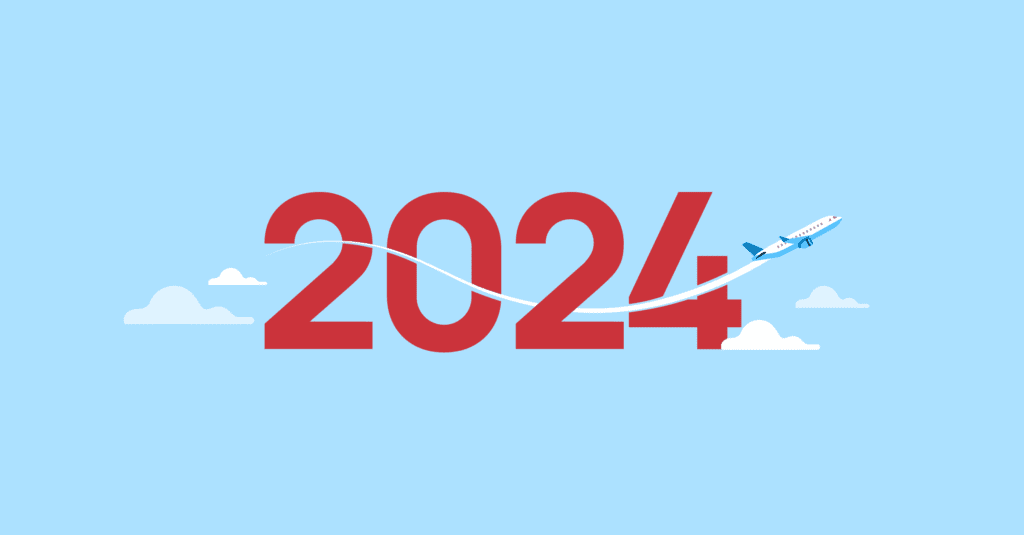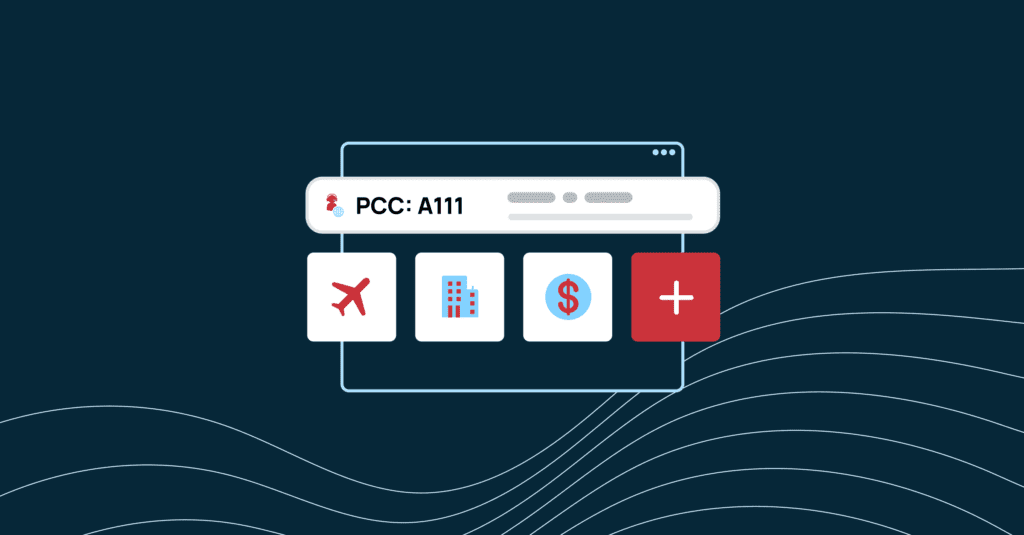Webinar: The future of travel data and analytics
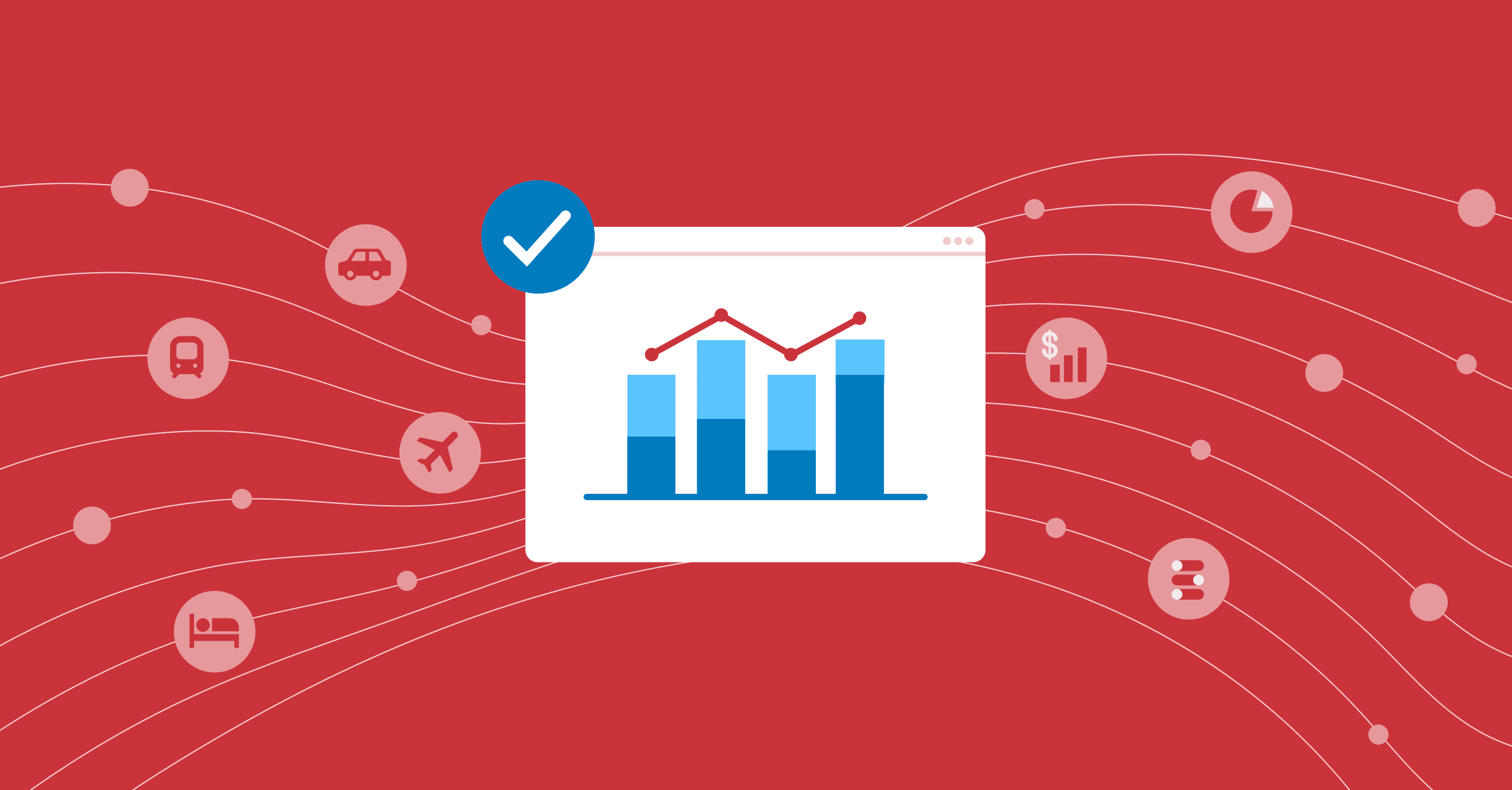
Modern technology is driving improvements to how global enterprises leverage travel data and analytics to improve their travel programs.
Spotnana VP of Business Development for Content Distribution Johnny Thorsen led a conversation with Richard Clowes, Director, Travel Operations for SAS, Wendy Stachowiak, International SOS VP Global Travel Industry Relations, and Salesforce Senior Director, Global Travel Dorian Stonie on a recent Global Business Travel Association (GBTA) webinar.
Here are four takeaways on the future of travel data and analytics in corporate travel. You can watch the full webinar recording here.
Fixing errors in duty of care
The accuracy and timeliness of travel data is particularly crucial when it comes to duty of care. If organizations have wrong or dated information on where their travelers are, it becomes much more difficult to resolve potential safety and security issues.
While typical error rates for International SOS customers average 1.5%-2% across PNRs, Spotnana has reduced errors to .00001% for its clients, according to Stachowiak.
“I’m not here to do an advert, but I want to shout out Spotnana because we have a number of clients who just moved onto [the platform],” said Stachowiak. “This is my holy grail.”
For an international data solutions organization like SAS, such a reduction in error rate across its global travel program presents serious potential.
“We’ve always been waiting for this to be done,” said Clowes. “That’s honestly why we’ve opted to do a pilot with Spotnana.”
Going beyond the PNR
Modern platforms are helping the industry move beyond relying on error-prone PNRs toward data based on accurate trip records that include all aspects of a traveler’s journey.
International SOS, according to Stachowiak, processes 10-20 million PNRs a week from 6,800 sources. A potential 2% error rate negatively impacts data quality, while updates to PNRs can lead to the group looking at a particular record up to 40 times due to changes to the PNR.
“I want to see the whole trip,” said Stachowiak. “I want the quality of the data to be really good, and I want that to be not just data from this morning, but data from this minute.”
Inaccurate data and dated travel information leads global enterprises to turn to data experts to help reduce complexity. Salesforce’s travel team, for instance, has a global data manager to aggregate global data, normalize the results, and present relevant insights to groups across the company.
“One of our biggest challenges is how do we make [travel data] relevant to all of our key stakeholders from the business unit level and [provide] spend analysis down to the individual travelers and their managers,” said Stonie. Salesforce has aggregated data across all travel touchpoints for three to four years to generate its insights.
For SAS, data quality can vary widely based on geographic location due to travel tech stack limitations in each geography.
“When people ask me about the data, I usually say it’s not a hundred percent reliable outside the U.S. and the further east you go, the less reliable it gets,” said Clowes. “Typically India, China, and Japan are the big three problem countries.”
Enhancing value and traveler experience
As modern solutions emerge to improve the quality and relevance of travel data, there are major opportunities to enhance the value added by business travel.
By combining travel data with business outcomes, a more clear view of key performance indicators (KPIs) will come into focus.
“The value of travel to the company extends beyond just your air, hotel and car costs,” said Stonie. “If you buy a $10,000 business class ticket, is it expensive or cheap? It’s expensive if it doesn’t close business; it’s cheap if it helps close a million dollar deal.”
As modern travel platforms become better at providing timely and accurate data, their customers will be able to do more for their travelers. Clowes sees advanced travel management companies (TMCs) becoming travel data providers, empowering a new wave of innovation backed by accurate data and extensible data models.
“We all use Amazon on a daily basis, and we don’t think twice about adding things into the cart, knowing it’ll get there the next day,” said Clowes. “So why can’t the travel data provider have a single simple point and click, source-agnostic [interface to provide] that data in one meaningful bucket?”
Evolution to multi-source itineraries
Spotnana’s Thorsen discussed the concept on which Spotnana’s trip record functions, combining all elements of a trip in one data-normalized container instead of creating a trip out of a messy string of PNRs as is the industry standard.
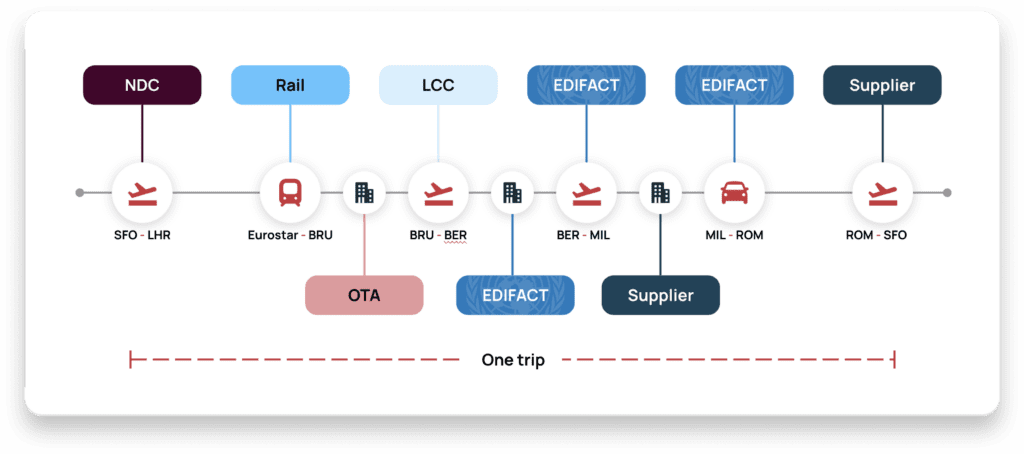
Spotnana’s trip record combines travel records from different sources together in a clean data entry.
Spotnana captures all the data from when a traveler first searches for travel options to when their trip is completed as well, giving travel managers unprecedented insights into how travelers behave.
A comprehensive approach to capturing travel behavior allows travel managers to provide the support travelers need, instead of what they think travelers may need.
All bookings are also tied to a single trip ID, enabling insights at the trip level, and reports are available with different data slices for admins, managers, and individual travelers.
To learn more about the future of data and analytics in corporate travel, watch a recording of the webinar today or get a demo of Spotnana today.

